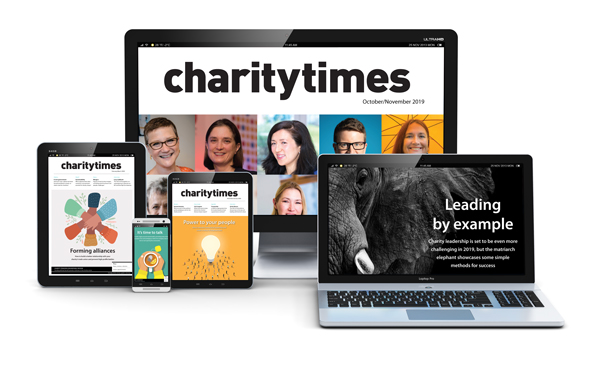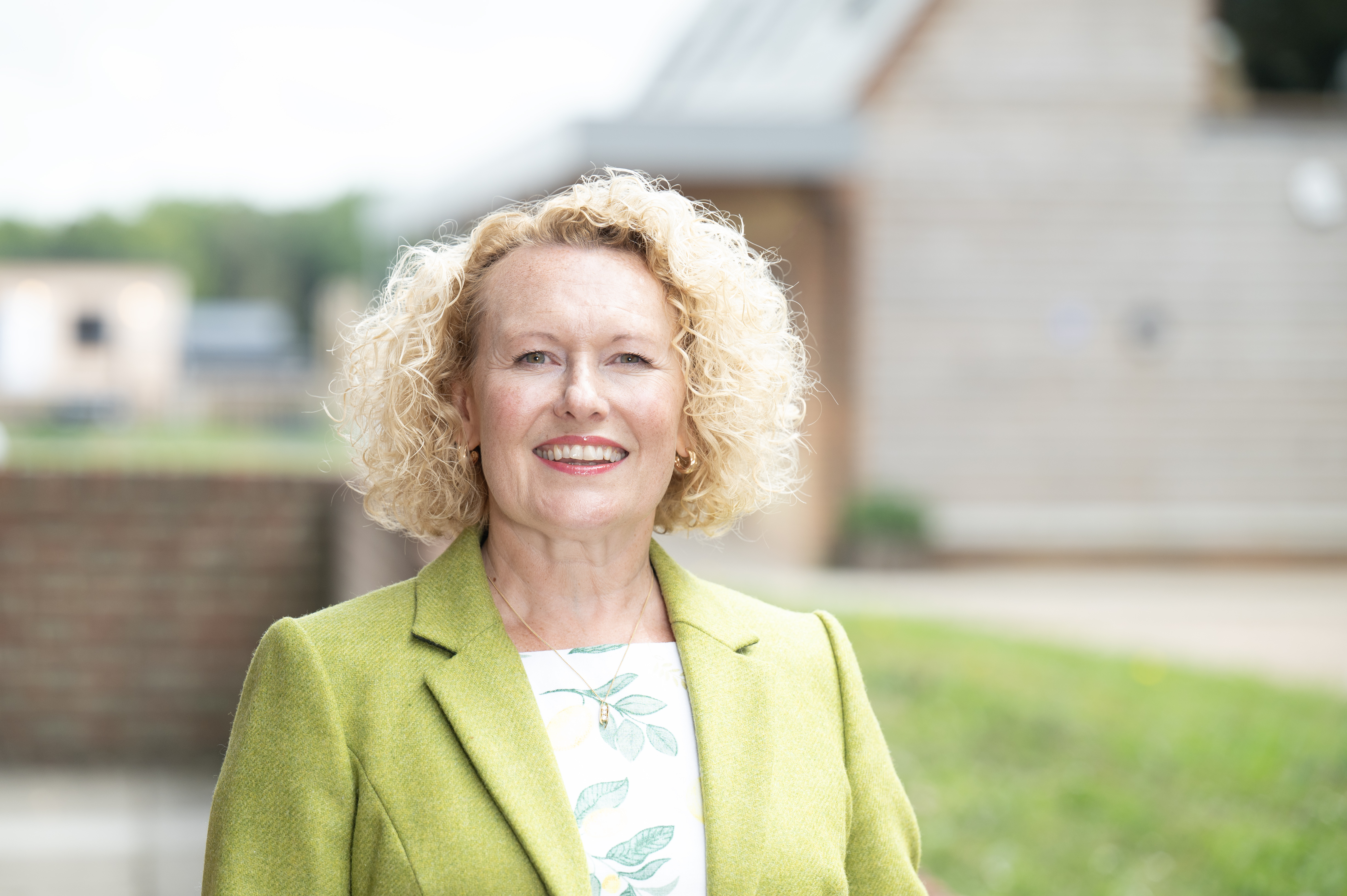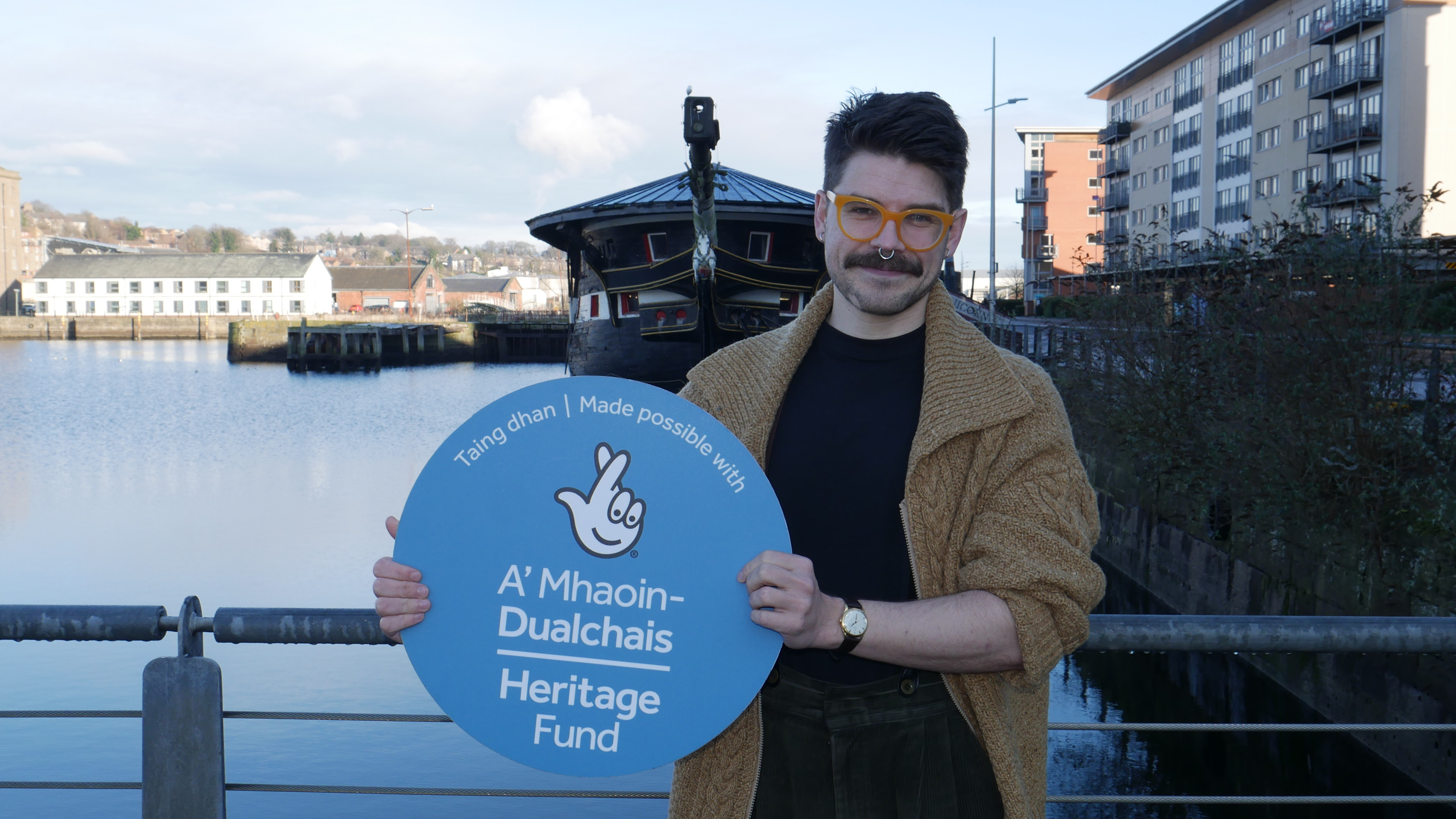The months since the government’s autumn budget have seen mixed reactions from across the UK’s industry sectors, with charities, experts, and organisations analysing its minor details and identifying its implications for businesses and the UK public as a whole.
Nowhere have these reactions been more public than with farmers, where mass protests have seen thousands of them descend on London, close roads, and blockade ports over the last month to march against Inheritance Tax changes, which some estimate will impact over 70,000 farms over time and force closures.
Though the charity sector will also be affected, for example by the increase to the National Living Wage to £12.21 per hour and planned increase to Employer’s National Insurance to 15%, the impact will not be so severe by comparison.
This is partly due to direct changes made in the autumn budget, such as the Employment Allowance increasing to £10,500 per year, but also the effects of other tax changes – that at first glance may not appear to impact charities – but may impact how much is donated, and in fact lead to increased donations.
Inheritance Tax (IHT) Changes
Currently the nil-rate band of IHT – the tax on the estate, including the property, money and possessions of someone who has died – stands at £325,000, meaning that most people with an estate valued at over this figure will pay the standard IHT rate of 40% to the government.
Reeves’ announcement that the threshold will be frozen by another two years to 2030 will mean that many estate owners – read potential donors – who would otherwise have avoided crossing the nil-rate band will now do so due to inflation.
Were the nil-rate band, which was frozen in 2009, indexed to inflation it would stand at almost £555,000 by 2029/30, meaning a couple would have been able to pass on an additional £110,000 to their children tax free. In addition, the inclusion of unused pension funds and death benefits within registered pension schemes with IHT from April 2027 will broaden the number of donors impacted even further.
As gifts to charity remain entirely exempt from IHT, regardless of the value, charities may see a rise in the number of legacy gifts they receive over the next six years as current and prospective donors seek to reduce their exposure to IHT by reducing the value of their estate to nearer the nil-rate band.
For example, if the charitable gift takes the value of the estate down to the nil-rate band, then no IHT would be paid. Alternatively, if 10% of an estate is left to qualifying charities then IHT is reduced to 36% for estates which remain over the nil-rate band after the charitable gift.
Charities receiving donations from farmers, businesses, or other organisations currently receiving Agricultural Property Relief or Business Property Relief are likely to see an even larger rise in donations, both by number and quantity.
With the autumn budget capping IHT relief for business and agricultural assets for the first time from April 2026, organisations with assets over the new nil-rate band of £1 million may prioritise legacy gifts to ensure that their money goes to a good cause instead of paying the new 20% base rate.
Income Tax Threshold Freeze
Despite the government’s promise to avoid increasing taxes on working people, the autumn budget maintained the previous government’s plan to extend the income tax threshold freeze to 2028. Combined with the rise in Employers’ National Insurance contributions, which in many instances will be directly passed on to employees through lower wage growth, the stealth tax will impact working people by dragging them into high tax bands.
As most households prefer to have personal autonomy over their finances, many may choose to donate to charity instead to avoid entering higher tax bands and utilise Gift Aid to claim back tax relief.
This will lead to a win-win situation where charities will receive more money than was donated, and the donor will be motivated to give to a good cause they support while paying less in tax as the full sum of the donation is tax free.
A hopeful future
Though soaring UK borrowing costs may now force Rachel Reeves to consider more tax rises in 2025, we at TrustBridge Global Foundation foresee a more hopeful future.
As the government’s tax changes come into force, those that can support charities as they navigate the new tax environment will open up opportunities to take advantage of international grant-making and tax relief opportunities.
Latest News
-
Government ‘slow to tweak’ consumer law to protect charities, MP warns
-
2025: The long-reads
-
City of Culture charity to be supported for further two years
-
Friday funding roundup - 19 December
-
King visits charity founder days before she dies to invest her as a Dame
-
2025: Most-read opinion, diaries, Q&As and more
Charity Times video Q&A: In conversation with Hilda Hayo, CEO of Dementia UK
Charity Times editor, Lauren Weymouth, is joined by Dementia UK CEO, Hilda Hayo to discuss why the charity receives such high workplace satisfaction results, what a positive working culture looks like and the importance of lived experience among staff. The pair talk about challenges facing the charity, the impact felt by the pandemic and how it's striving to overcome obstacles and continue to be a highly impactful organisation for anybody affected by dementia.
Charity Times Awards 2023
Mitigating risk and reducing claims

The cost-of-living crisis is impacting charities in a number of ways, including the risks they take. Endsleigh Insurance’s* senior risk management consultant Scott Crichton joins Charity Times to discuss the ramifications of prioritising certain types of risk over others, the financial implications risk can have if not managed properly, and tips for charities to help manage those risks.
* Coming soon… Howden, the new name for Endsleigh.
* Coming soon… Howden, the new name for Endsleigh.
Better Society

© 2021 Perspective Publishing Privacy & Cookies











Recent Stories